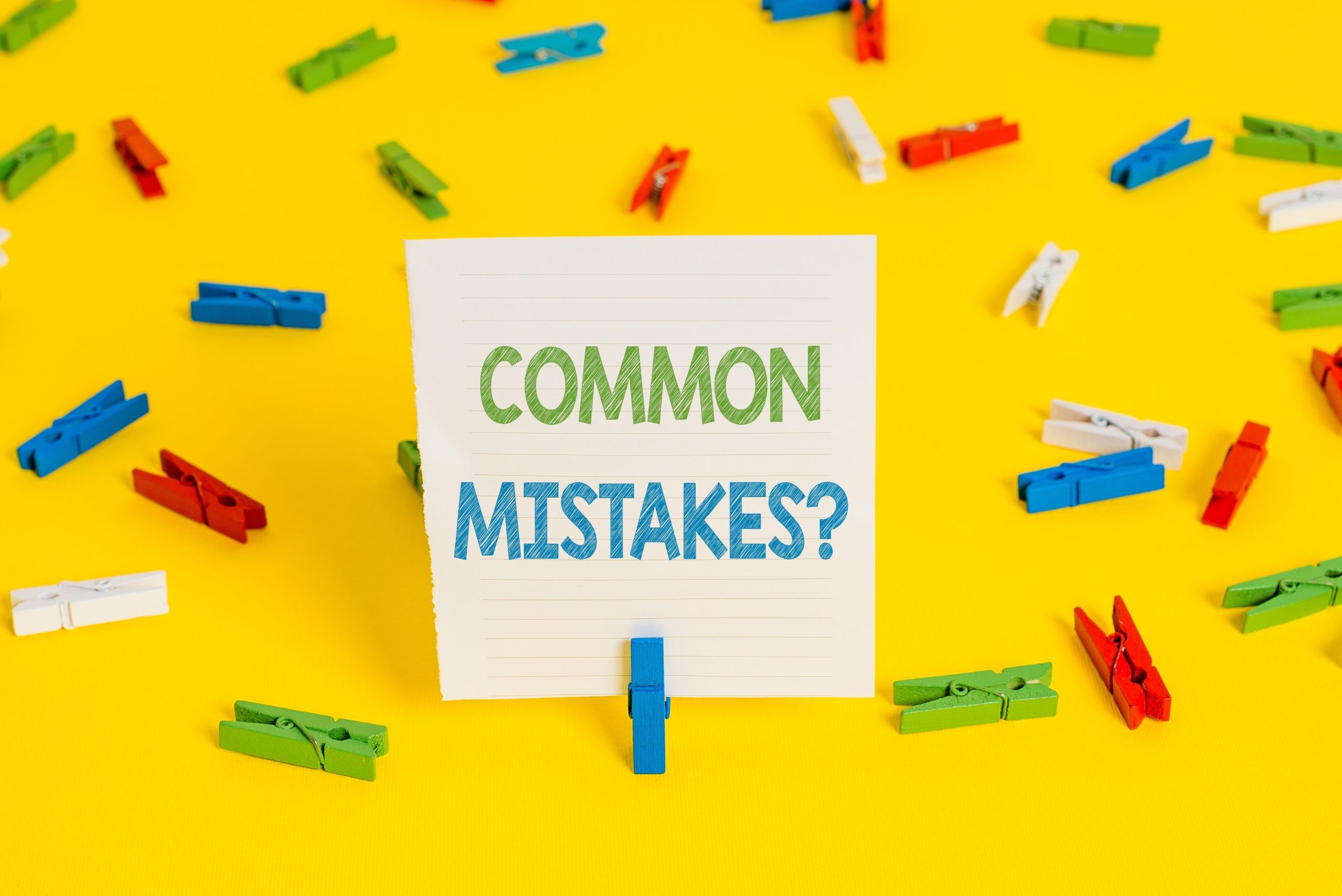2025 SBA Loan Program Changes and the Impact on Child Care Businesses

Most independently owned child care businesses either got started with an SBA (Small Business Administration) backed (meaning backed by the US government) loan – a 7(a) loan or 504 loan, or have used an SBA loan to remodel, expand, or build a new child care center. For several reasons, including the lower down payment and longer amortization term, SBA loans are often the first and only choice for small business financing.
The SBA loan programs have seen several changes in 2025. Let’s take a look at the primary changes and the resulting impact on financing (SBA loans) available for child care business owners.
In April 2025, the SBA returned to Traditional Underwriting Standards. During the previous presidential administration, the SBA’s underwriting guidelines were revised (2023) to increase the availability of SBA loans and simplify the application process. Unfortunately, the “Do What You Do” underwriting framework, introduced in 2023, which allowed lenders to apply their own commercial credit standards, led to increased loan defaults and a $397 million SBA 7(a) loan program deficit in 2024—so, starting June 1, 2025, back to stricter underwriting guidelines. This includes the following changes:
• The Small Business Scoring Service (SBSS) score increased from 155 to 165, with a minimum score required to qualify for a 7(a) SBA loan. As a child care business, to qualify for a loan, your business must have a higher credit score.
• For start-up business loans, the buyer must have at least 10% of the loan amount as a down payment. With an increased business score and a minimum 10% down payment, individuals seeking an SBA loan for a start-up may need to wait longer and increase their savings before they have the necessary funds for the down payment. If you can get the seller to offer owner financing, this would count toward the buyer’s 10% down payment. However, the seller would have to agree not to receive any payments (full standby) until the SBA loan is repaid.
• Mandated Hazard Insurance for all loans over $50,000. Hazard insurance is a type of business insurance that is placed on any property the borrower uses as collateral for an SBA loan.
• Also, starting June 1, 2025, the SBA Franchise Directory will be restored. This comprehensive directory is a valuable resource for lenders, providing details about franchise concepts (businesses) that are eligible for an SBA loan. The provided data includes the number of units and loan default information. This information streamlines the process for individuals seeking to fund a franchise concept with an SBA loan. This will be an excellent resource for individuals seeking to purchase a franchised child care concept (think Primrose, Kids’ R’ Kids, Kiddie Academy, Goddard, and many others). Should their desired child care franchise concept be listed as having an SBA Certification, it will make it easier for them to obtain an SBA loan for a new franchise location or to purchase an existing franchise location.
• Requiring life insurance again for some borrowers. Life insurance is usually required to cover the full loan amount. The lender is named the primary beneficiary. This requirement will be an added expense to the borrower. However, having insurance to repay the lender in the event of the borrower’s demise could be positive for the borrower’s family.
• And, a return to requiring Tax Transcript Verification for all loans. This means the SBA will verify whether the borrower is a business and that the business tax returns have been filed. Additionally, the financial information in the tax return matches the business’s financial statements. For many reasons, having accurate financial information is essential in a child care business, and certainly if you want to obtain an SBA loan.
Additionally, starting March 7, 2025, the SBA introduced stricter ownership and citizenship requirements for both SBA 7(a) and 504 loans. Businesses must be 100% owned by individuals who are U.S. citizens, U.S. nationals, or Lawful Permanent Residents to qualify for an SBA loan. The following would be examples of ownership that would not qualify:
• Refugees
• Individuals granted asylum
• DACA recipients
• Undocumented immigrants
• Visa holders
• Foreign nationals
Several new guidelines require lenders to verify citizenship, business ownership, and qualifying information, and obtain certifications from borrowers. The goal is to ensure that all SBA-backed loans are obtained by businesses that are 100% owned by individuals meeting the required legal status. For individuals new to the U.S., to qualify for an SBA loan to start or purchase a child care business, they must meet these stricter guidelines.
In general, the 2025 changes to the SBA loan programs, Implementation of Standard Operating Procedure (SOP 50 10 8), will provide for stricter underwriting and eligibility criteria for borrowers. Additionally, the level of documentation that borrowers must provide will increase, potentially leading to longer application processing, underwriting, and loan approval times.
Will these changes make it harder for individuals to obtain financing to start a child care business, purchase an existing child care business, or expand their current child care operation? Yes, however, even with these changes, the SBA 7(a) and 504 loans remain the best funding options for most individual child care business owners.
(For additional information, visit the Small Business Administration’s website or an SBA lender)




